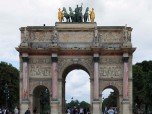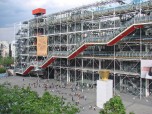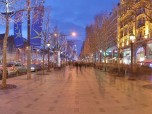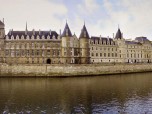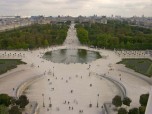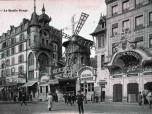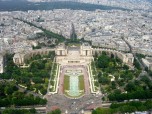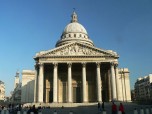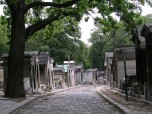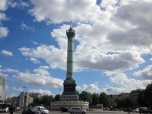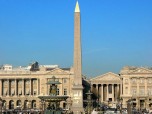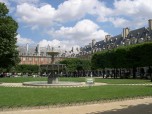Place de la Bastille is a large square in Paris with open air markets, nighttime hotspots, shopping, an opera house, and even a marina for local boaters. Place de la Bastille marks the site of the infamous Bastille. The historical saga of the French Revolution begins with the storming of the Bastille on July 14, 1789. Yet, in addition to being the location of this notorious prison where the Revolution was triggered, Place de la Bastille has a history stretching back even further in time.
Protecting Paris
In the 14th century during the Hundred Years’ War, Paris needed protection. This period was a time of protracted conflict between England and France. Under Charles V and then Charles VI, a fortress was built to protect Paris during the rest of the war. Originally called “Chastel Saint-Antoine,” the structure was nicknamed the “Bastille” by local Parisians. The word “bastille” means tower or fortress.
Overlooking a former swamp, this four and a half story tall fortress had eight closely spaced towers. Soldiers could quickly move to threatened sectors of the tower via broad terraces that connected the towers. The military was thus able to keep the Bastille secure. Although originally it could be entered by any one of three sides, this was changed in 1580 to just one entrance. Two drawbridges were also constructed. One was over a moat, the other, in the outer courts, led to an entrance. Two courtyards and an armory were surrounded by the eight towers.
From Fortress to Prison
At the end of the 100 years war the Bastille served as a castle and a treasury. Under King Louis XIII, Cardinal Richelieu changed that. The royal fortress became a prison. At first it was a “high class” prison. Those who committed offenses against the state or the king were the first prisoners of the Bastille. Also among the prisoners were those who wrote sexually explicit literature. Accommodations for the prisoners would, today, be considered remarkably excellent. They were allowed to bring along their own servants, food, clothing, furniture and books. Luxury cuisine was provided free of charge as part of their daily rations.
In time, though, more and more “common” prisoners became part of the prison population. They brought with them illnesses rather than servants and luxuries. Under Louis XV’s Catholic regime, Protestants and free-thinkers were also imprisoned.
Storming of the Bastille
The last King before the Revolution was Louis XVI. Royal tyranny and absolutism were soon to be a thing of the past. Citizens began to talk about seizing the fortress. The night before the storming of the Bastille a few shots were exchanged between guards and an angry mob outside. On July 14, 1789, with stolen weapons from the arsenal in hand, the Parisian mob assembled before the Bastille, calling out for the release of all seven prisoners currently being held inside. They wanted arms and gunpowder released, as well as the surrender of the prison. Negotiations began with a couple of deputies being invited inside to talk. But as time dragged on, the crowd outside began to get impatient. Even though the Bastille was eventually conceded, the guards were killed when the mob stormed in and took over. All seven prisoners were set free.
Aftermath
By 1790 the Bastille was completely demolished. Souvenirs, including pieces of brick, were taken. All that remains today is its outline. The annual celebration of “Bastille Day,” when the French celebrate their freedom every July 14, takes place in this location. The structure is now gone and in its place the Bastille square was created, located at Place de la Bastille. At the corner of Rue Saint-Antoine and Place de la Bastille is an outline of the Bastille in the pavement. In the Place de la Bastille stands the famous Colonne de Juillet, a symbol of liberty. Built between 1835 and 1840, it commemorates the three days of revolution in 1830 that led to the abdication of King Charles X.
From fortress to prison to a modern Parisian square, Place de la Bastille has gone through many changes. No longer housing the building for which it is named, it will remain as a memory of all that went before, and of those whose lives were lost in pursuit of freedom.


